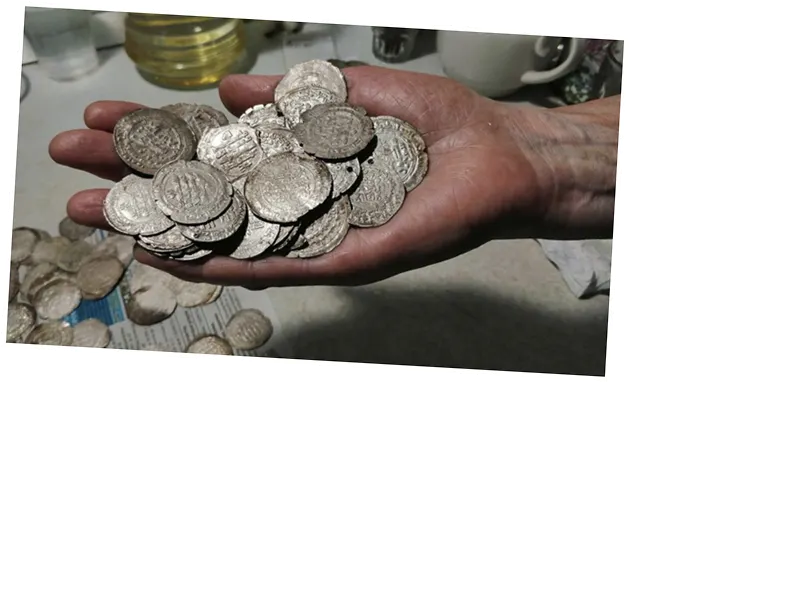The tomb of Numerius Agrestinus, a prominent figure in Roman Hispania and a soldier under Emperor Augustus during the Cantabrian Wars (29-19 BC), was recently discovered in Pompeii. This significant find occurred during restoration works in the San Paolino building, the new headquarters of the library at the Archaeological Park of Pompeii.
The tomb features an inscription detailing Agrestinus' roles, including being a soldier, duumvir, and prefect of the Autrigones, a Celtiberian tribe from the Iberian Peninsula. This discovery provides valuable insights into the network of power that connected the elites of the Roman Empire, highlighting the social prestige and economic rewards promised to those engaged in conflict zones.
Gabriel Zuchtriegel, director of the Pompeii Archaeological Park, emphasized the historical importance of this find. The tomb, shaped like a semicircle and known as a 'schola,' features a tuff hemicycle decorated with lion's paws at the ends. Agrestinus is also mentioned in another funerary inscription from the necropolis of Porta Nocera, created by his wife Veia Barchilla.
The Italian Minister of Culture, Gennaro Sangiuliano, noted that this discovery reaffirms Pompeii's importance in expanding our knowledge of ancient Roman society. He mentioned ongoing excavations in Pompeii, including those at Civita Giuliana, which have been recovered from illegal tomb looters. The monument will be museumized to provide context about Agrestinus' role in the war conflicts between the Roman Empire and the Cantabrian and Asturian tribes.
- The discovery of Numerius Agrestinus' tomb was announced in the Pompeii Excavations E-Journal, an online magazine that provides real-time updates on new discoveries at the archaeological site. Scholars Maria Chiara Scappaticcio and Alberto Dalla Rosa contributed to the reading and interpretation of the inscription.
- The tomb's inscription reveals that Agrestinus held the position of 'praefectus Autrygonum,' a role previously unattested in historical records. This position sheds light on the organization of Roman power during a transitional phase towards the imperial model. The Autrigones, the tribe Agrestinus governed, were integrated into the Roman Empire following the Cantabrian Wars.
- The council of decurions in Pompeii decided to honor Agrestinus with a funerary monument on public land, recognizing his contributions and loyalty. This act of recognition underscores the interconnectedness of Roman elites and their influence across the empire.
- The monument, located near the new library, will serve as a testament to Agrestinus' military and political achievements, offering visitors a deeper understanding of the historical context and significance of his life and career.






